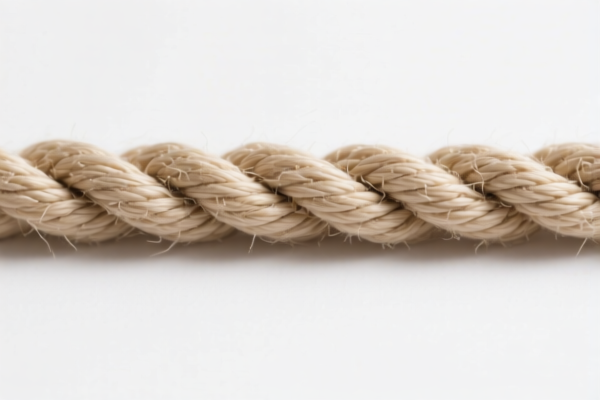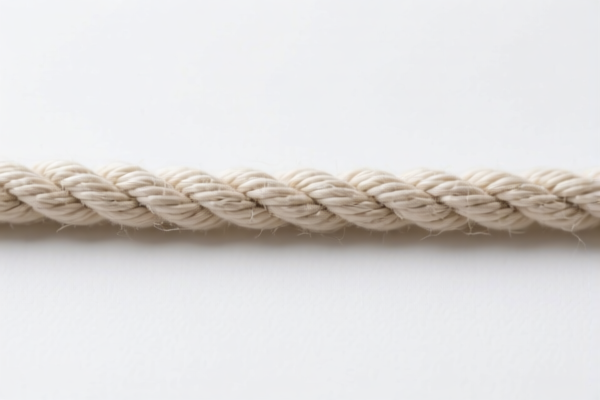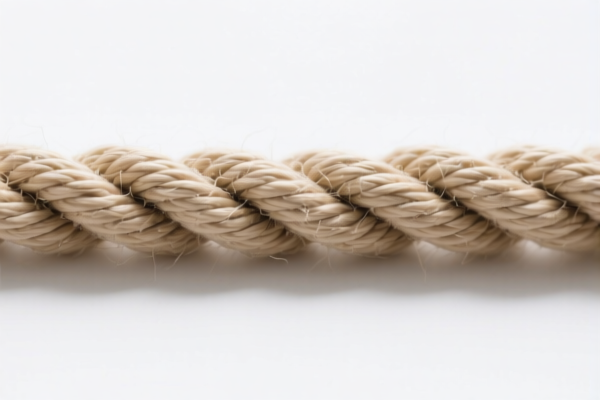| HS Code | Official Doc | Tariff Rate | Origin | Destination | Effective Date |
|---|---|---|---|---|---|
| 5607411000 | Doc | 57.7% | CN | US | 2025-05-12 |
| 5607413000 | Doc | 59.0% | CN | US | 2025-05-12 |
| 5609001000 | Doc | 57.9% | CN | US | 2025-05-12 |
| 5609004000 | Doc | 58.9% | CN | US | 2025-05-12 |
| 5404900000 | Doc | 55.0% | CN | US | 2025-05-12 |
| 5404198080 | Doc | 61.9% | CN | US | 2025-05-12 |
| 5301100000 | Doc | 55.0% | CN | US | 2025-05-12 |
| 5301300000 | Doc | 55.0% | CN | US | 2025-05-12 |
| 5306100000 | Doc | 55.0% | CN | US | 2025-05-12 |
| 5306200000 | Doc | 55.0% | CN | US | 2025-05-12 |
| 8206000000 | Doc | The rate of duty applicable to that article in the set subject t+30.0% | CN | US | 2025-05-12 |




Wind Rope
Wind rope, also known as guy rope or tether line, is a cord or rope used to secure objects, typically temporary structures or items susceptible to wind forces, to the ground or other fixed points. It provides stability by resisting lateral movement and preventing overturning or displacement.
Material
Wind ropes are constructed from a variety of materials, selected based on strength, durability, weight, and cost:
- Nylon: A common synthetic material offering high tensile strength, elasticity, and resistance to abrasion. It stretches slightly under load, which can be advantageous in absorbing shock.
- Polyester: Less stretch than nylon, providing greater dimensional stability. It is also resistant to UV degradation and moisture.
- Polypropylene: Lightweight and floats in water, making it suitable for marine applications. However, it has lower strength and is susceptible to UV damage.
- High-Modulus Polyethylene (HMPE) / Dyneema/Spectra: Extremely high strength-to-weight ratio, often used in specialized applications requiring minimal weight and maximum strength.
- Steel Cable: Used for heavy-duty applications requiring exceptional strength and resistance to abrasion, but is heavier and less flexible than synthetic ropes.
Purpose & Function
The primary function of a wind rope is to counteract forces exerted by wind. This is achieved by:
- Anchoring: Securing an object to a stable ground anchor or a fixed structure.
- Lateral Support: Preventing sideways movement.
- Stabilization: Reducing swaying or oscillation.
- Load Distribution: Distributing the wind load across multiple anchor points.
Usage Scenarios
Wind ropes are employed in a diverse range of applications:
- Camping: Securing tents, tarps, and canopies.
- Construction: Supporting scaffolding, temporary structures, and signage.
- Marine: Anchoring boats, securing cargo, and mooring lines.
- Telecommunications: Supporting antennas and towers.
- Event Management: Securing stages, banners, and decorations.
- Arboriculture: Supporting young or damaged trees.
- Emergency Services: Securing rescue equipment and creating temporary shelters.
Common Types & Configurations
- Static Rope: Minimal stretch, ideal for applications requiring precise positioning and load control.
- Dynamic Rope: Designed to stretch and absorb energy, commonly used in climbing and rescue applications. (Less common for general wind rope applications).
- Guy Lines: Multiple ropes radiating from a central point to provide comprehensive support.
- Tensioned Ropes: Ropes maintained under constant tension using turnbuckles or other tensioning devices.
- Adjustable Ropes: Equipped with adjustable buckles or knots for fine-tuning tension.
- Reflective Ropes: Incorporate reflective materials for increased visibility in low-light conditions.
Wind rope, based on the provided information, falls under the category of twine, cordage, ropes, and cables. Here's a breakdown of potentially relevant HS codes:
- 5607.41.10.00: This code covers twine, cordage, ropes and cables of polyethylene or polypropylene, specifically binder or baler twine of wide nonfibrillated strip. The total tax rate is 57.7% (basic tariff 2.7%, additional tariff 25.0%, and additional tariff 30.0% after April 2, 2025).
- 5607.41.30.00: This code also covers twine, cordage, ropes and cables of polyethylene or polypropylene, but refers to binder or baler twine that is other than wide nonfibrillated strip. The total tax rate is 59.0% (basic tariff 4.0%, additional tariff 25.0%, and additional tariff 30.0% after April 2, 2025).
- 5609.00.10.00: This code covers articles of yarn, strip or the like of heading 5404 or 5405, twine, cordage, rope or cables, not elsewhere specified or included, specifically of cotton. The total tax rate is 57.9% (basic tariff 2.9%, additional tariff 25.0%, and additional tariff 30.0% after April 2, 2025).
- 5609.00.40.00: This code covers articles of yarn, strip or the like of heading 5404 or 5405, twine, cordage, rope or cables, not elsewhere specified or included, and refers to other materials. The total tax rate is 58.9% (basic tariff 3.9%, additional tariff 25.0%, and additional tariff 30.0% after April 2, 2025).
HS Code Breakdown:
- 56: Chapter 56 refers to man-made filaments.
- 07: Heading 07 specifically covers twine, cordage, ropes and cables.
- 41: Subheading 41 further specifies twine, cordage, ropes and cables of polyethylene or polypropylene.
- 10/30: The final two digits differentiate between specific types of twine (binder/baler twine of wide nonfibrillated strip vs. other).
- 09: Chapter 59 refers to articles of yarn, strip or the like.
- 00: Heading 00 refers to articles of yarn, strip or the like, not elsewhere specified or included.
- 10/40: The final two digits differentiate between specific materials (cotton vs. other).
It is important to determine the material composition of the wind rope to select the correct HS code. If the rope is made of polyethylene or polypropylene, either 5607.41.10.00 or 5607.41.30.00 would be appropriate. If it is made of cotton, 5609.00.10.00 would be used. If it is made of another material, 5609.00.40.00 would be used.
Customer Reviews
No reviews yet.